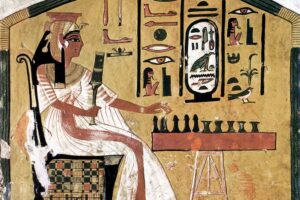The astrolabe or altimeter was a versatile tool that was connected to different aspects of the celestial sphere – for example, astronomy and navigation.
With its help – but it can be compared to a model of the sky – it was possible to determine what latitude one was in or what the local time was.
All this could astrolabe:
- Told you how time passed based on the position of the sun.
- Made one’s star chart by mapping the starry sky.
- Accurately predicts sunrise and sunset.
- Find out what latitude you are on.
- Determine the exact position in the sky for the moon, sun and stars.
- Find directions to a specific city or landmark.
There are descriptions of a similar device in the Ancient Greeks that resembles an altimeter, but it was popular in the Middle East in the 6th century.
There, the device was further developed by Arab scientists, so that it could be used, for example, to determine the five Muslim prayer times and find the direction of Mecca.
See how an astrolabe is used:
In the Middle Ages, the tool made its way back to Europe, where astrologers were fascinated by it.
With its help, Europeans sought to consult the stars to find the right time, for example, to go to war or make important decisions in their private lives.
Sextants and mechanical clocks replaced the altimeter in the 17th century.






